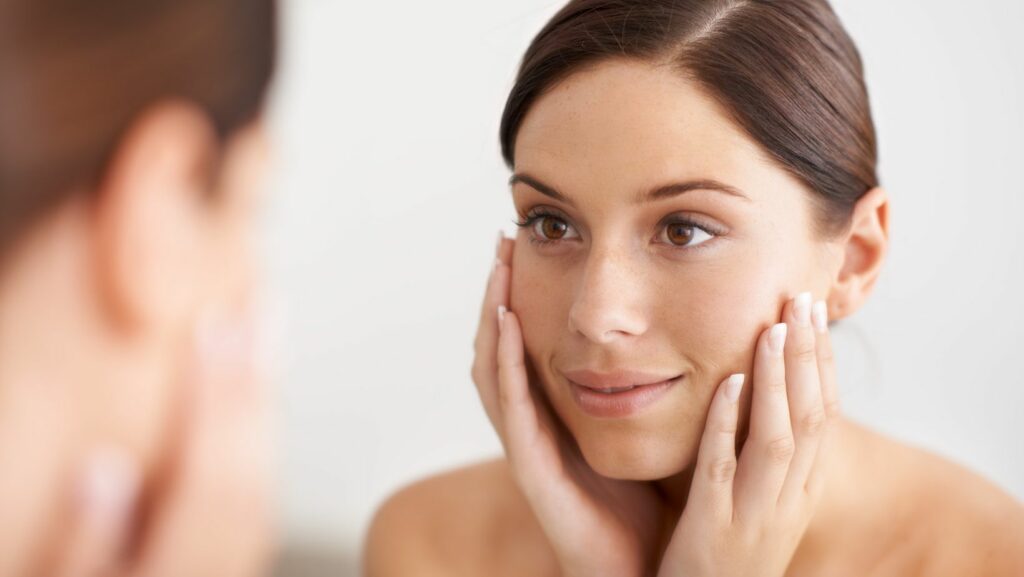As we get older, our skin just isn’t the same. It loses that bounce, dries out, and the glow we took for granted starts to fade. Before you know it, your complexion looks a bit more tired and worn than you probably feel inside. Skin boosters step in as a fresh solution. These injectables send hydration deep beneath the surface, smoothing out texture and boosting tone without making you look fake or overdone. The secret? They deliver hyaluronic acid and other nourishing stuff right where your skin needs it most.
Instead of chasing single wrinkles or lines, skin boosters work across larger areas to improve overall skin quality. That makes them a good pick for anyone who wants natural-looking improvements—especially if your skin feels thirsty, dull, or just needs a subtle refresh instead of a dramatic overhaul.
Understanding the Benefits of Skin Boosters for Ageing, Dehydrated, or Dull Skin
Skin boosters send hydration and nutrients straight into the dermis, tackling several skin issues at once. These injections work from within to help your skin look and feel healthier.
How Skin Boosters Improve Hydration Levels
Skin booster in Singapore rely on hyaluronic acid, which holds up to 1000 times its weight in water. Once injected, it sets up a moisture reservoir deep in your skin. Whereas creams only reach the surface, these boosters bring hydration to the deeper layers, where your skin really craves it. This helps shore up your skin’s barrier and keeps it feeling plump.
The results usually stick around for four to six months, so you get long-lasting moisture—way more than you’ll get from a daily moisturizer. Some boosters also pack in amino acids, antioxidants, and vitamins for extra skin support. People who stick with regular treatments see even better results over time. Some studies report up to 30% more skin hydration after a full course.
Rejuvenating Effects on Mature and Ageing Skin
Skin boosters help your skin crank out more collagen and elastin—proteins that naturally drop off as we age. With more of these, your skin gradually feels firmer and more elastic. All that extra moisture fills out the skin, softening fine lines and giving you a smoother look. Some research shows fine lines can shrink by 18-25% after several sessions.

By encouraging cell turnover, boosters also refine texture. Over time, skin grows thicker and stands up better to the daily grind. For mature skin, boosters can handle several aging signs at once, without the hassle of surgery or days of downtime. They’re especially handy for areas like the neck and hands—places that age faster than we’d like.
Restoring Radiance to Dull Complexions
Dullness often pops up when skin’s dehydrated, cell turnover slows down, or the environment takes its toll. Skin boosters tackle all of this by ramping up hydration and nudging sluggish cells back into action. After treatment, improved circulation brings more oxygen and nutrients to the skin. That little boost helps spark a natural, healthy glow.
Some boosters throw in brighteners like vitamin C or niacinamide to even out skin tone. Over time, regular sessions can fade dark spots and leave you with a more uniform complexion. The instant plumping effect helps light bounce off the skin more evenly, so you often look more luminous right after treatment. As your skin gets healthier on a cellular level, it can better resist the daily stress that usually leads to dullness in the first place.
The Science Behind Skin Boosters and Their Application
Skin boosters use the latest dermatology science to send hydration and nutrients deep into your skin. These injections work through specific mechanisms that kickstart collagen production and help your cells function better.
Key Ingredients and Their Mechanisms
Hyaluronic acid (HA) is the star of the show in most skin boosters. This stuff naturally occurs in your body and can soak up a ton of water. When injected, HA stores moisture in the dermis, keeping skin hydrated from the inside out.
Different boosters use HA with different molecular weights:
- Low molecular weight HA: Sinks deeper and wakes up collagen production
- High molecular weight HA: Stays closer to the surface for extra hydration
- Cross-linked HA: Sticks around longer for lasting results
Many formulas toss in other helpful ingredients too:
- Amino acids to help build proteins
- Antioxidants that fight off free radicals
- Vitamins (B, C, E) to boost cell health
- Minerals that keep enzymes working smoothly
These ingredients team up to improve your skin’s overall quality, not just mask surface issues.
Treatment Procedure and Safety Considerations
During a treatment, the practitioner uses a bunch of tiny injections across the area you want to treat. They’ll use either fine needles or special cannulas to get the product into the right layer—usually the mid to deep dermis.

A typical session goes something like this:
- Clean and disinfect the skin
- Maybe apply a numbing cream if you want
- Inject the booster in a grid pattern
- Massage gently to spread it out
The whole thing usually takes about 20-30 minutes, depending on how much skin you’re covering. Most people say it’s not too uncomfortable, and downtime is pretty minimal. Temporary side effects can include redness, swelling, or maybe a bruise where you got injected, but these usually fade in a day or two. Serious problems are rare if you go to someone who knows what they’re doing.
Results Timeline and Maintenance
Most people start to see some improvement in their skin within 3-7 days after treatment. The skin looks more hydrated and has a nice glow as the hyaluronic acid kicks in.
Full results show up gradually:
- Immediate effect: Extra hydration and a bit of plumping
- 2-4 weeks: Smoother texture and better elasticity
- 1-3 months: Skin just looks and feels healthier overall
For the best outcome, experts usually suggest starting with 2-3 treatments spaced about 4 weeks apart. This gets your skin off to a good start. After that, maintenance treatments every 4-6 months help keep things looking fresh. How often you need them really depends on your age, lifestyle, and how your skin is doing. If your skin’s more mature or seriously dehydrated, you might want to come in a bit more often.

